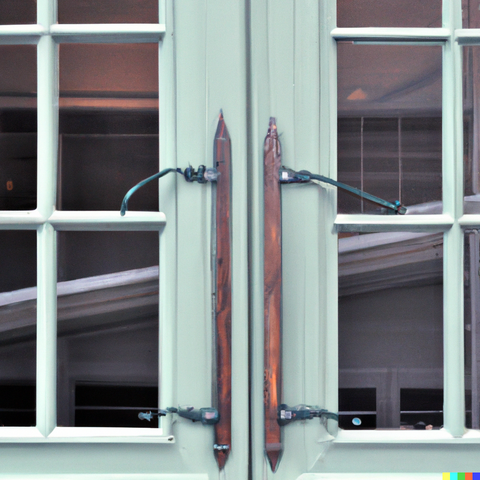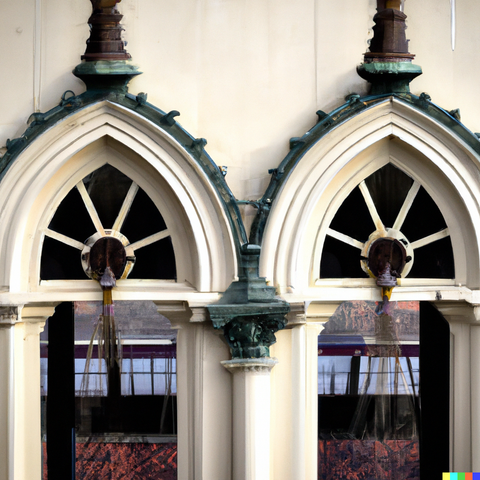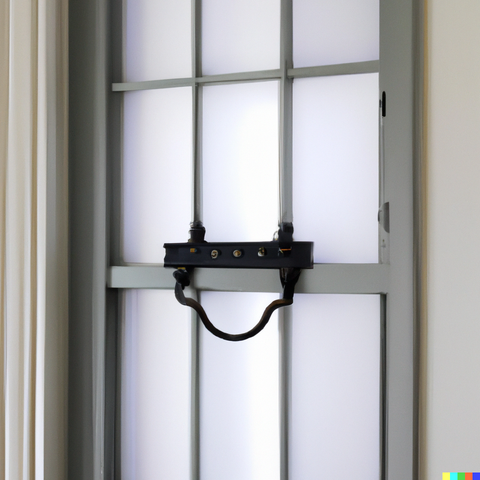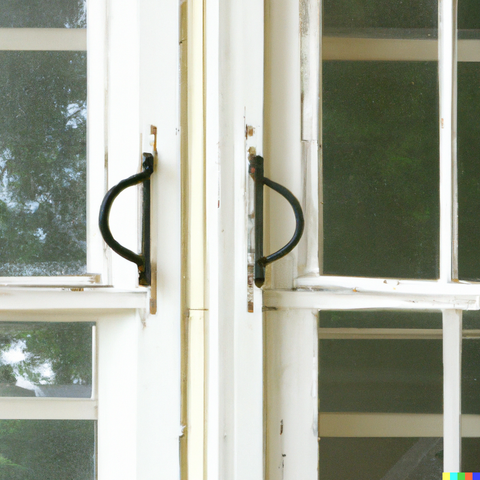The Versatility of Antique Window Hardware in Different Architectural Styles
Window hardware plays a crucial role in the overall aesthetic appeal and functionality of a building. Over the centuries, various architectural styles have emerged, each with its unique characteristics and design elements. Antique window hardware, with its timeless elegance and craftsmanship, has proven to be versatile across different architectural styles. This article will explore the versatility of antique window hardware in different architectural styles, highlighting its ability to enhance the beauty and functionality of various structures.

Gothic Architecture:
Gothic architecture, prevalent during the medieval period, is characterized by pointed arches, ribbed vaults, and soaring spires. In such structures, antique window hardware complements the intricate stone tracery and delicate stained glass. Decorative fittings, such as ornate hinges and latches, add an exquisite touch to the Gothic windows, enhancing their visual appeal. The long-lasting durability of antique hardware ensures that these historical structures retain their original charm.
Renaissance Architecture:
During the Renaissance era, a shift towards classical design principles took place. The emphasis was on symmetry, proportion, and the use of mathematical precision. Antique window hardware perfectly aligns with this style by featuring geometric patterns, ornate scrolls, and intricate detailing. The slender handles, escutcheons, and rosettes of antique casement windows blend harmoniously with the classical symmetry and balance of Renaissance architecture.

Baroque Architecture:
Baroque architecture, characterized by grandeur and flamboyance, emerged in the 17th century. Elaborate curvilinear forms, sculptural details, and intricate plasterwork define this architectural style. In Baroque structures, antique window hardware adds a touch of opulence and extravagance. The ornamental hinges, cremones, and pulls create a visual spectacle against the richly adorned windows, contributing to the overall theatrical effect of Baroque design.
Neoclassical Architecture:
The Neoclassical movement in the 18th and 19th centuries sought inspiration from ancient Greece and Rome. Striving for simplicity, balance, and proportion, Neoclassical architecture favors clean lines and minimal ornamentation. Antique window hardware, with its understated elegance and refined design, resonates well with this architectural style. Subtle and elegant pulls, sash lifts, and hinges accentuate the beauty of the windows without overpowering the more restrained Neoclassical aesthetic.

Victorian Architecture:
Victorian architecture, popular during the mid to late 19th century, is characterized by its intricate ornamentation, asymmetry, and eclectic mix of styles. Antique window hardware perfectly complements the diverse window designs found in Victorian structures. From the ornate handles and locksets of double-hung windows to the decorative hardware of bay windows, antique pieces provide authenticity to Victorian homes.
Arts and Crafts Architecture:
The Arts and Crafts movement, prevalent in the late 19th and early 20th centuries, sought a return to traditional craftsmanship and the use of natural materials. Simple forms, organic shapes, and handmade elements define this architectural style. Antique window hardware fits seamlessly with the Arts and Crafts aesthetic, featuring handcrafted details, hammered finishes, and earthy tones. Pulls, stays, and fasteners made of natural materials, such as brass and copper, add warmth and character to the windows of Arts and Crafts homes.

Modern Architecture:
As the architecture of the 20th century shifted towards minimalism and functionality, window designs also evolved. Large expanses of glass, clean lines, and industrial materials became the norm. Antique window hardware, although associated with historical styles, can still find its place in modern architecture. Brass or bronze handles, hinges, and locks can provide a contrasting visual element against the sleekness of modern windows, creating a fusion of old and new.

Antique window hardware proves to be highly versatile across various architectural styles. From the Gothic arches of medieval cathedrals to the clean lines of modernist structures, antique pieces add a touch of elegance, authenticity, and functionality. Whether it is the detailed craftsmanship of the hardware or the material's ability to withstand the test of time, antique window hardware continues to enhance the beauty and functionality of different architectural styles, reminding us of the importance of preserving our architectural heritage.




Leave a comment